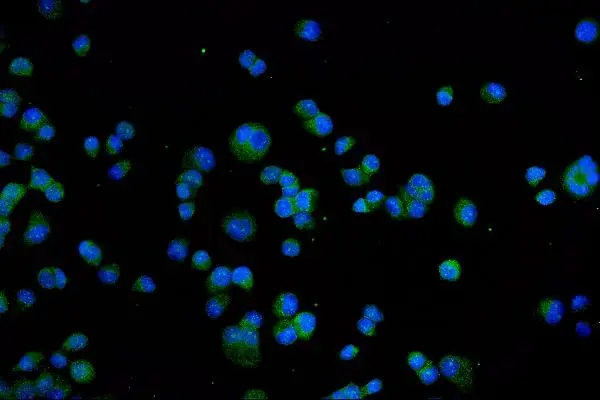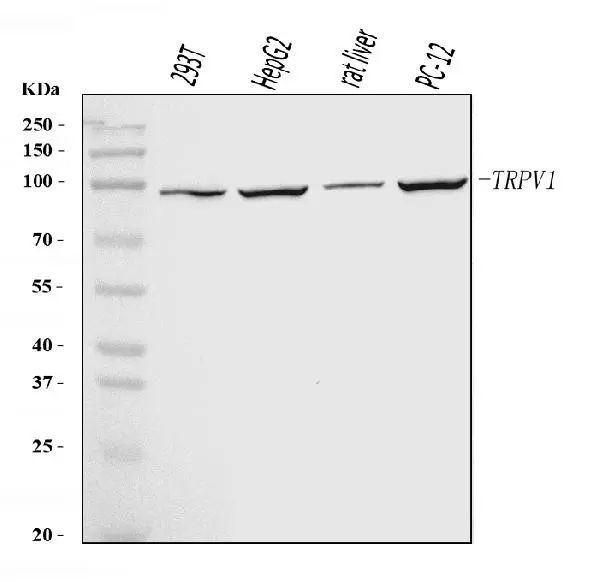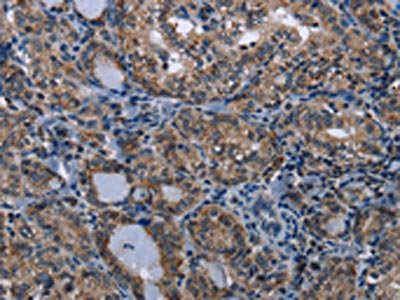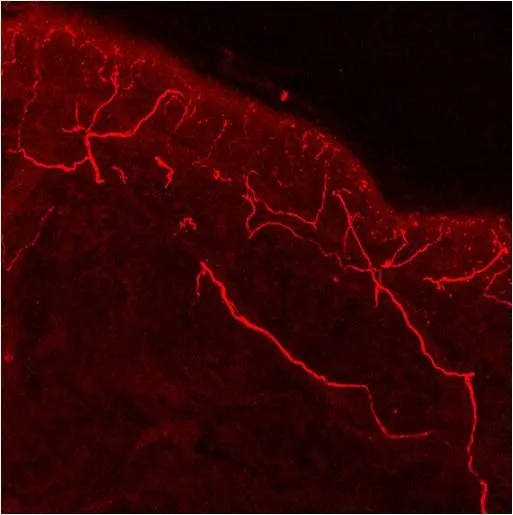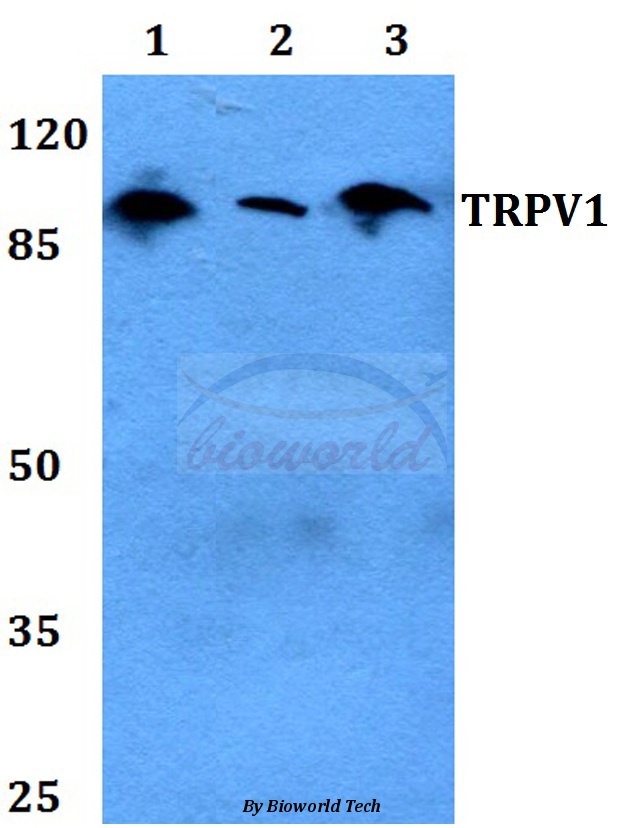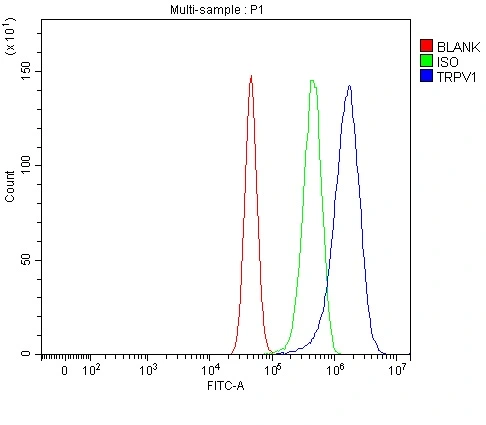
FACS analysis of U87 cells using GTX04108 VR1/ TRPV1 antibody. Blue : Primary antibody Green : Isotype control Red : Unlabelled sample Dilution : 1 microg/1x106 cells
VR1/ TRPV1 antibody
GTX04108
ApplicationsFlow Cytometry, ImmunoFluorescence, Western Blot, ImmunoCytoChemistry
Product group Antibodies
TargetTRPV1
Overview
- SupplierGeneTex
- Product NameVR1/ TRPV1 antibody
- Delivery Days Customer9
- Application Supplier NoteWB: 0.25-0.5microg/mL. ICC/IF: 5microg/mL. FACS: 1-3microg/106 cells. *Optimal dilutions/concentrations should be determined by the researcher.Not tested in other applications.
- ApplicationsFlow Cytometry, ImmunoFluorescence, Western Blot, ImmunoCytoChemistry
- CertificationResearch Use Only
- ClonalityPolyclonal
- Concentration0.5 mg/ml
- ConjugateUnconjugated
- Gene ID7442
- Target nameTRPV1
- Target descriptiontransient receptor potential cation channel subfamily V member 1
- Target synonymsVR1, transient receptor potential cation channel subfamily V member 1, OTRPC1, capsaicin receptor, osm-9-like TRP channel 1, transient receptor potential vanilloid 1a, transient receptor potential vanilloid 1b, vanilloid receptor subtype 1
- HostRabbit
- IsotypeIgG
- Protein IDQ8NER1
- Protein NameTransient receptor potential cation channel subfamily V member 1
- Scientific DescriptionCapsaicin, the main pungent ingredient in hot chili peppers, elicits a sensation of burning pain by selectively activating sensory neurons that convey information about noxious stimuli to the central nervous system. The protein encoded by this gene is a receptor for capsaicin and is a non-selective cation channel that is structurally related to members of the TRP family of ion channels. This receptor is also activated by increases in temperature in the noxious range, suggesting that it functions as a transducer of painful thermal stimuli in vivo. Four transcript variants encoding the same protein, but with different 5 UTR sequence, have been described for this gene. [provided by RefSeq, Jul 2008]
- Storage Instruction-20°C or -80°C,2°C to 8°C
- UNSPSC12352203

